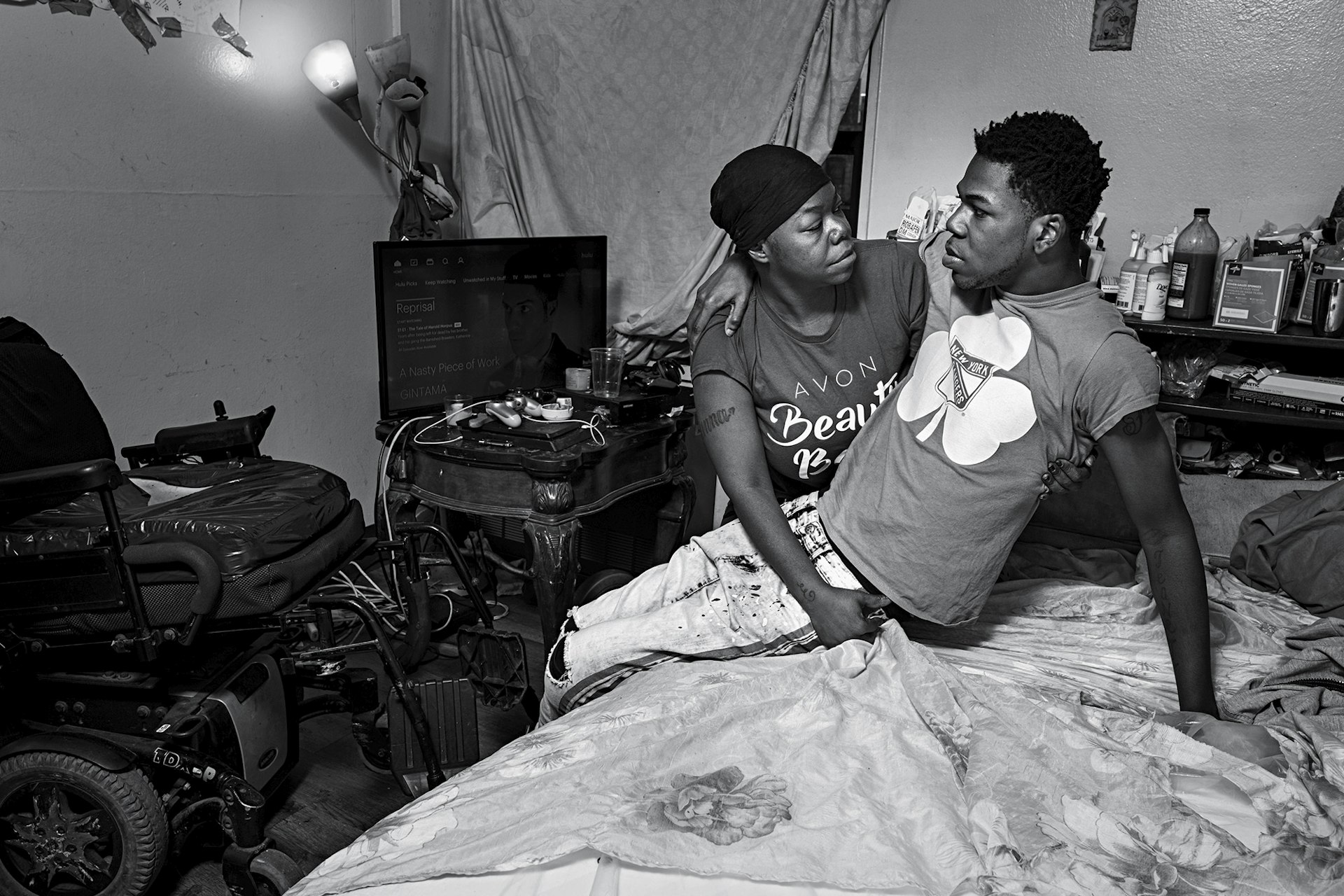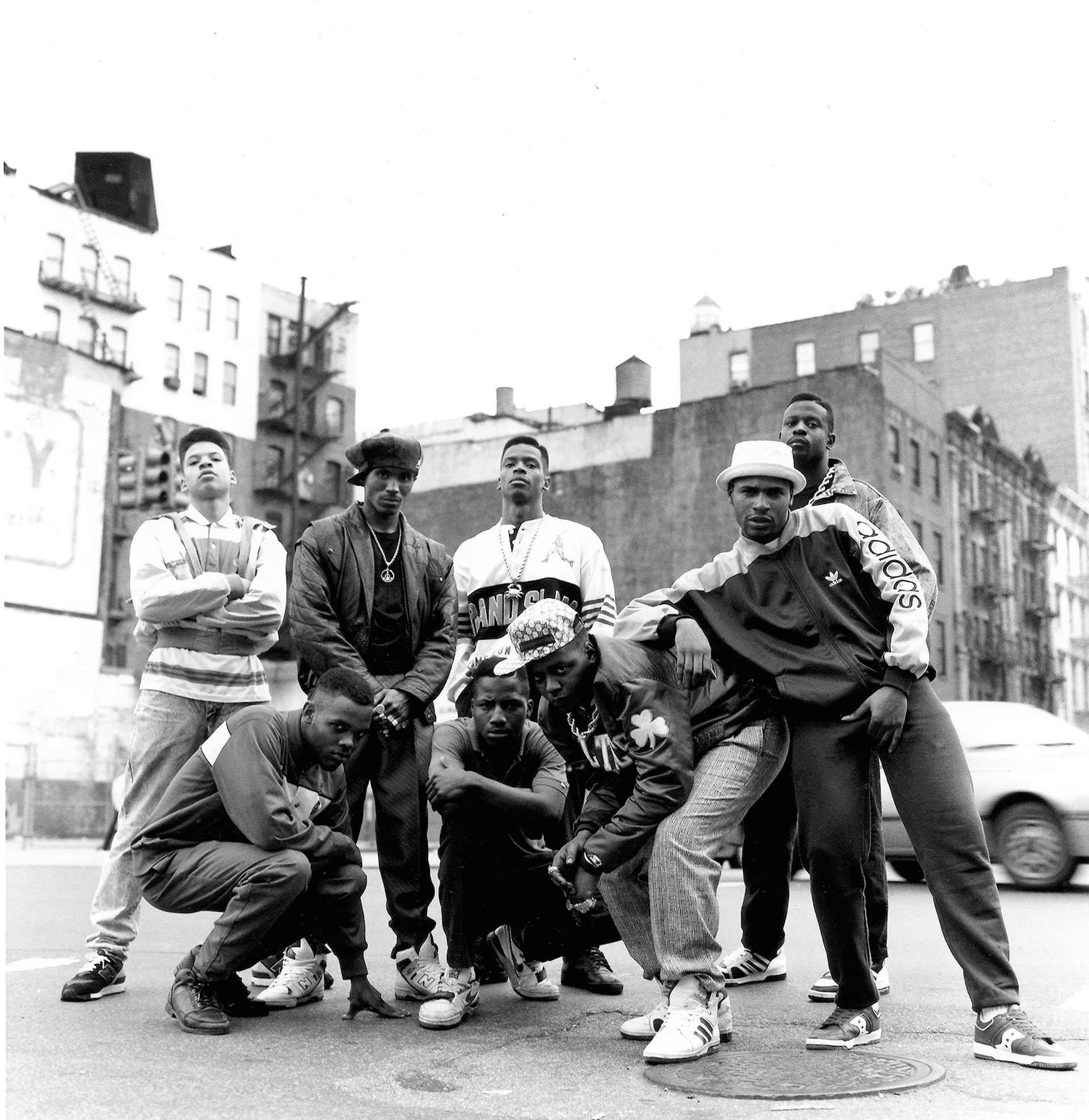Chronicling Mexican womanhood through portrait photography
- Text by Miss Rosen
- Photography by Colección Ramón Reverte

With the rise of studio photography in the 19th-century, the portrait was liberated from provenance of the ruling class and quickly became popular with the masses. As the technology evolved, portrait photography became increasingly accessible, inspiring legions of hobbyists worldwide to chronicle their private lives with cameras of their very own.
In Mexico, the portrait readily found its place among women who took pleasure in the endless possibilities of self-expression in this ever evolving medium. They visited studios as well as created their own works, becoming both artist and muse.
Now the new book, Las Mexicanas, (RM), offers a revelatory look at Mexican women as they imagined themselves: proud, powerful, sensual, complex, creative, playful, mysterious, and above all: not to be trifled with. In the hands of the many, vernacular photography became the lingua franca of collective identity, as it recorded both milestones and mundane moments alike mapped out over a lifetime.


“There is a quality of intuition that is very natural, and not contrived. There is an ease in vernacular photography because they find the person or situation deeply important or pleasing,” says Mexican photographer Pablo Ortiz Monasterio, who edited the book.
Working from a private collection of more than 3,000 images accumulated over a decade of visits to the flea markets of Mexico City, Monasterio weaves images made between the mid-19th century and the 1960s to create a kaleidoscopic tapestry of Mexican womanhood. As the book unfolds, the fictions of photography, gender, and identity gently blur into sumptuous haze, imbuing the images with mythic possibilities.
“There is something obsessive in the impulse to capture a moment in an image, to condense a person through the shutter in order to recreate her before our eyes,” Brenda Navarro writes in Las Mexicanas. “The printed image of a person is not immortal, but it is eternal; it transcends the time and space in which it was taken, and it shows us that which only time can reveal.”


Functioning as both art and artefact, these portraits offer an expansive look at the iconography of Mexican womanhood seeking its fullest expression. Included in the book are spreads devoted to women who repeatedly sat for portraits, and in doing so authored visual diaries whose allure only continues to grow.
Monasterio points to the hand-coloured photograph of a woman in front of a blue background, and notes that the collection includes more than 20 photographs of the same woman found at different times.
“When you see them together, there is this idea of self-expression of the model, constructing a new persona in different images,” he says. “How you read a photograph depends on who you are and your experiences. You link that image to another one, and to your own memories.”
It was a serendipitous discovery that offered a redolent reminder that though vernacular photographs have not historically received their proper due, a wealth of cultural history lays tucked away in long lost photo albums whose inherent value only increases with age.
Enjoyed this article? Follow Huck on Instagram.
Support stories like this by becoming a member of Club Huck.
Latest on Huck

“I refuse to accept child poverty is a normal part of our society”: Apsana Begum MP on voting to scrap the cap
After seeking to “enhance” the King’s Speech by voting for the scrapping of the controversial two child benefit cap, the MP for Poplar and Limehouse lost the Labour Whip.
Written by: Apsana Begum

Is skateboarding really a subculture anymore?
With skate’s inclusion in the Olympics, Kyle Beachy asks what it means for the culture around the sport, and whether it’s possible to institutionalise an artform.
Written by: Kyle Beachy

Autism cannot be cured — stop trying
A questionable study into the ‘reversal’ of autism does nothing but reinforce damaging stereotypes and harm, argues autistic author Jodie Hare.
Written by: Jodie Hare

Bristol Photo Festival returns for second edition
After the success of it’s inaugural run, the festival returns this autumn with exhibitions, education and community programmes exploring a world in constant motion through still image.
Written by: Ben Smoke

Documenting the life of a New York gang leader paralysed by gun violence
New photobook ‘Say Less’ is a complex yet humanising look into a life wrecked by gun violence and organised crime.
Written by: Isaac Muk

The woman who defined 80s Hip Hop photography
A new exhibition brings together Janette Beckman’s visionary and boundary pushing images of an era of cultural change and moral panic.
Written by: Miss Rosen


